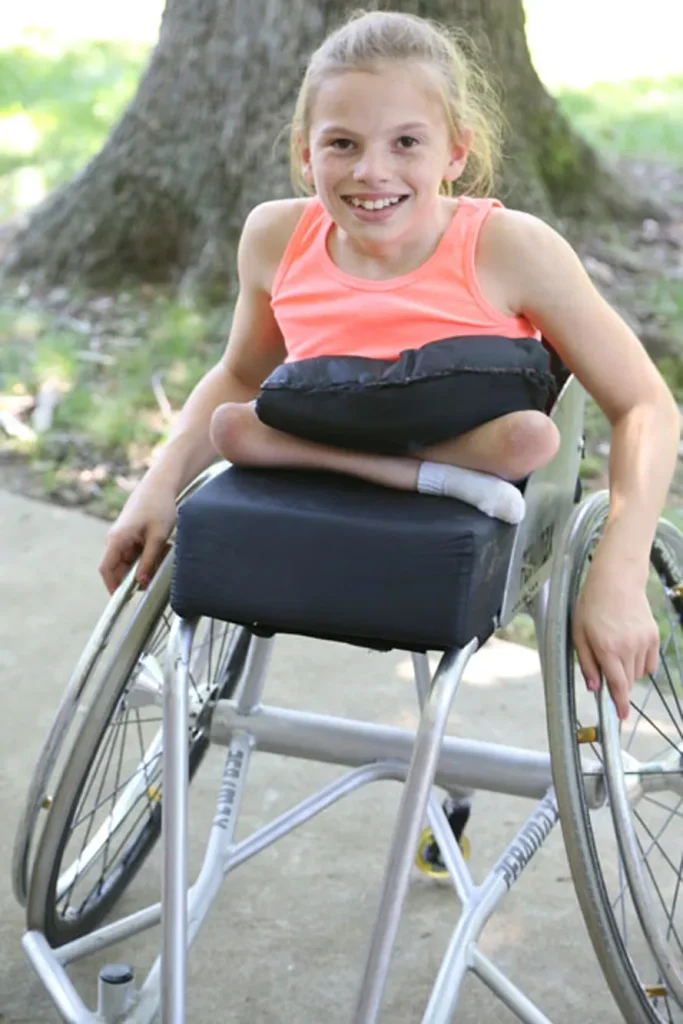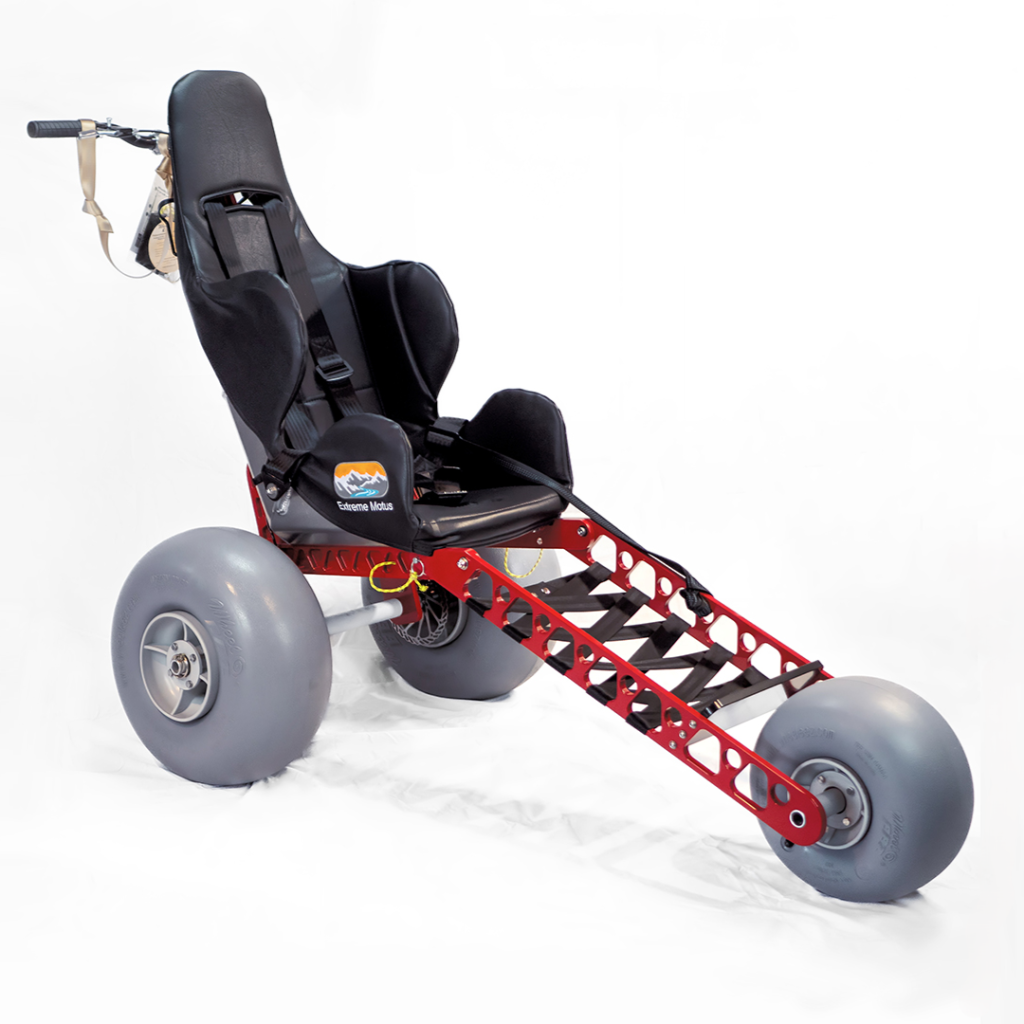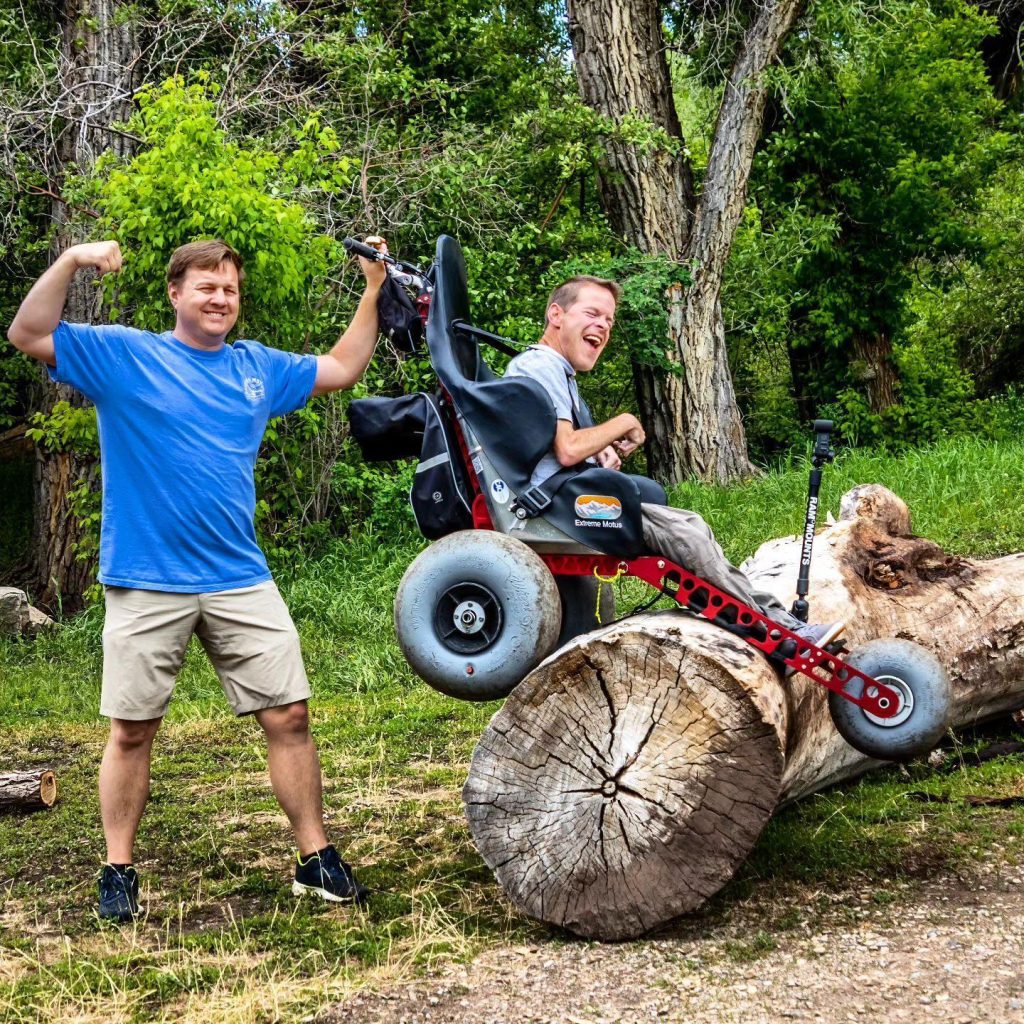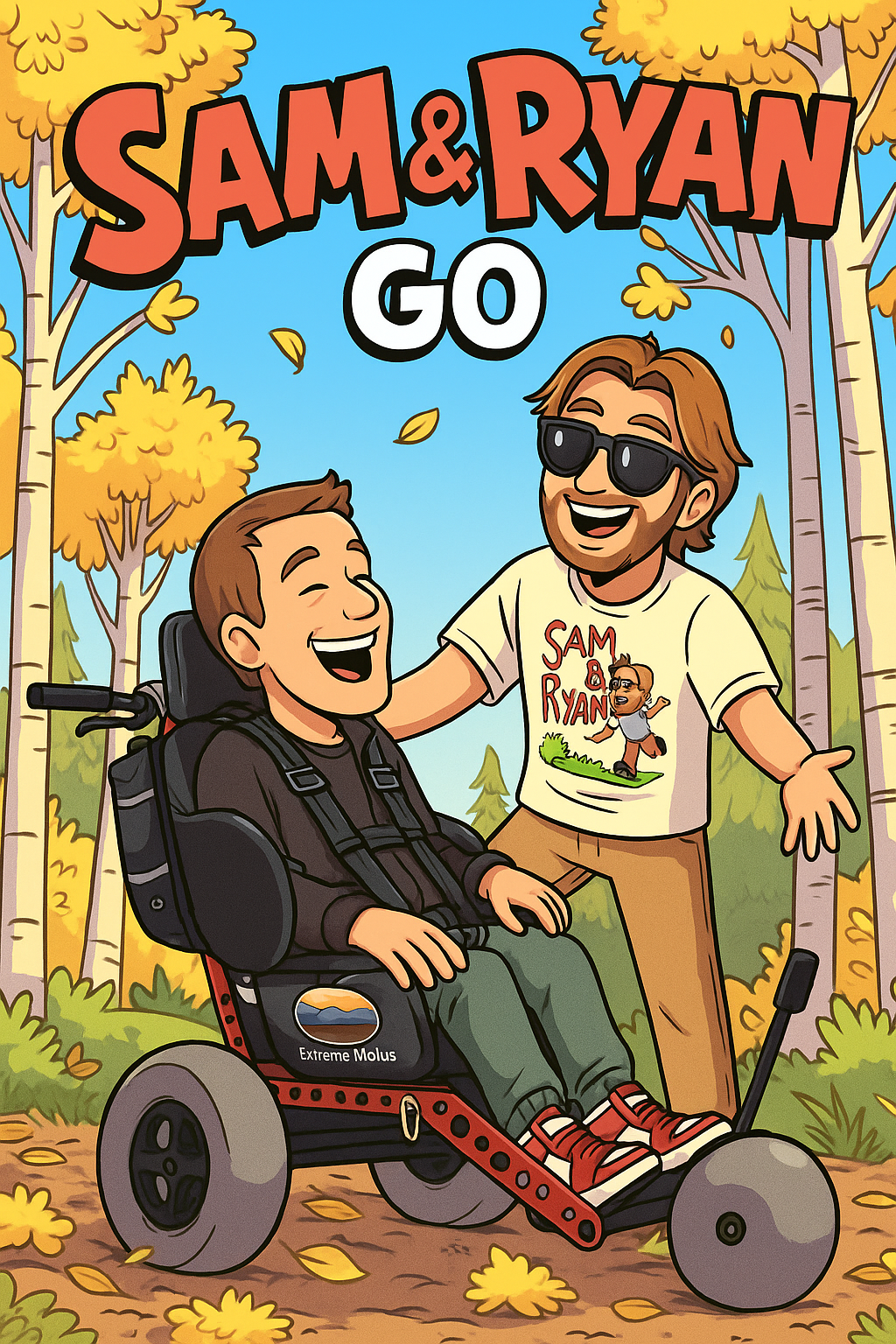7 Powerful Facts About Sacral Agenesis & Mobility
Sacral agenesis is a rare congenital condition that affects spinal development, leading to mobility challenges. Despite its impact, individuals with sacral agenesis can live fulfilling lives with the right treatments, adaptive technologies, and outdoor accessibility. Here’s what you need to know about this condition and how innovations like all-terrain wheelchairs can enhance mobility and quality of life.
1. What Causes Sacral Agenesis?
Sacral agenesis, also known as caudal regression syndrome, occurs when the lower part of the spine (sacrum) fails to develop properly during pregnancy. The exact cause is unknown, but genetic and environmental factors play a role.
Possible Causes:
- Genetic mutations – Some cases are linked to inherited genetic changes.
- Maternal diabetes – High blood sugar levels during pregnancy significantly increase the risk.
- Vascular disruption – Blood flow issues in early fetal development can lead to spinal abnormalities.
- Toxic exposure – Certain medications or chemicals during pregnancy may contribute to abnormal spinal development.
The severity varies. Some individuals may have mild lower back abnormalities, while others experience complete absence of the sacrum and lower spine, affecting mobility and organ function.
2. How Many People Are Affected?
Sacral agenesis is extremely rare, affecting approximately 1 in 25,000 live births. However, its occurrence is higher among infants born to mothers with diabetes, with studies showing a risk 200 times greater compared to the general population.
Due to medical advancements, individuals with sacral agenesis are now living longer and leading active lives. Early diagnosis and treatment greatly improve mobility, independence, and overall well-being.

3. Is There a Cure or Treatment?
There is no cure for sacral agenesis, but various treatments help individuals manage symptoms and improve mobility. Treatment depends on the severity of spinal malformation and associated complications.
Common Treatments:
✔ Physical Therapy – Helps strengthen muscles and improve movement.
✔ Orthopedic Surgery – Can correct spinal deformities and improve stability.
✔ Bracing & Prosthetics – Supportive braces help with standing and walking.
✔ Wheelchairs & Mobility Aids – Many individuals use wheelchairs for independence.
With early medical intervention, children with sacral agenesis can develop strong adaptive skills, allowing them to participate in everyday activities.
4. How Does This Affect Family Members?
Caring for a child or loved one with sacral agenesis comes with physical, emotional, and financial challenges. Families often:
- Adapt their homes for wheelchair accessibility.
- Provide emotional support for mobility-related challenges.
- Seek specialized medical care and therapy.
- Advocate for inclusivity in schools and public spaces.
Support groups and counseling help families navigate challenges, ensuring that individuals with sacral agenesis receive the best possible care and opportunities.
5. Can This Condition Require a Wheelchair?
Yes, many individuals with sacral agenesis rely on wheelchairs for mobility, especially those with severe lower spinal malformations. Some can walk with assistive devices, while others may use wheelchairs full-time.
Traditional wheelchairs work well for indoor use, but outdoor accessibility can be limited due to rough terrain. That’s where all-terrain wheelchairs make a significant difference, allowing individuals to explore nature, parks, and even hiking trails.
6. Why Is Outdoor Time Important?
Spending time outdoors is essential for individuals with sacral agenesis, offering mental and physical benefits, including:
✔ Reduced stress and anxiety – Nature exposure boosts mood and mental health.
✔ Stronger muscles and endurance – Outdoor movement encourages physical activity.
✔ Improved social life – Encourages participation in group activities.
✔ Better vitamin D levels – Sunlight strengthens bones and immune health.
People with sacral agenesis often face mobility barriers, but adaptive equipment, like all-terrain wheelchairs, helps them access nature and enjoy outdoor adventures.
7. How Can an All-Terrain Wheelchair Help?
An all-terrain wheelchair, such as the Extreme Motus , allows individuals with sacral agenesis to navigate rough landscapes, making outdoor adventures more accessible.
Benefits of the Extreme Motus All Terrain Wheelchair:
✅ Lightweight design – Easy to push and maneuver.
✅ Shock-absorbing wheels – Smooth ride on sand, gravel, and uneven paths.
✅ Increased independence – Allows outdoor exploration with ease.
This type of wheelchair expands mobility options, making it possible to explore beaches, hiking trails, and parks without restrictions.

Final Thoughts
Sacral agenesis presents mobility challenges, but adaptive technologies and inclusive outdoor spaces empower individuals to lead active, fulfilling lives. With tools like all-terrain wheelchairs, people with sacral agenesis can experience the joys of nature, social engagement, and improved mental well-being.
Every year, more families discover the freedom these chairs create—this Black Friday, demand is already building fast. By joining the early-access list, you secure your chance to order before the sale goes public on November 28, 2025.
Since 2019, Sam and Ryan have been demonstrating that nature is wheelchair accessible with the Extreme Motus All Terrain Wheelchair. From National Parks to Skateparks, their adventures prove that a manual off-road wheelchair can offer laughter and joy while navigating diverse terrains.
Join us as we continue to share these inspiring journeys.

Light, comfortable, and compact, the Extreme Motus glides over sand, rocks, grass, gravel, and even floats in water.
It’s more than a outdoor wheelchair; it’s your ticket to freedom. Embrace the outdoors with confidence, knowing our off-road wheelchair is engineered for durability and ease of use.
Be the first to hear about new gear, upcoming adventures, and exclusive offers. As a welcome gift, enjoy $10 off your first Motus T-Shirt when you subscribe.
By subscribing you agree to receive marketing communications from Extreme Motus, including product updates, promotions, and special offers. I understand I can unsubscribe at any time.



